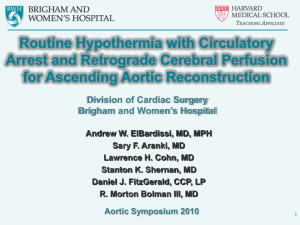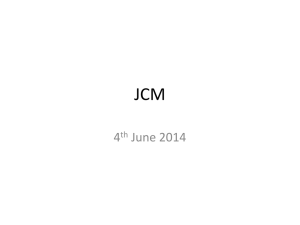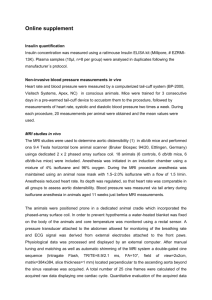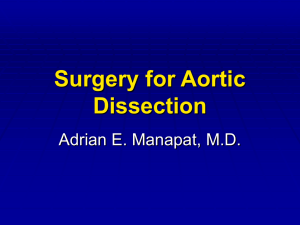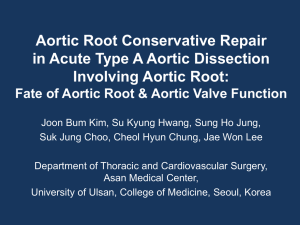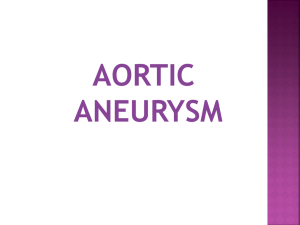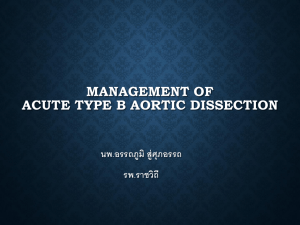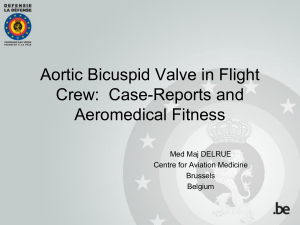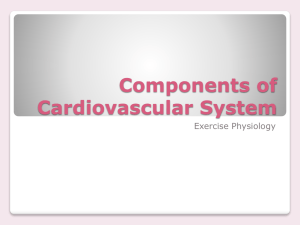View PowerPoint Slides
advertisement
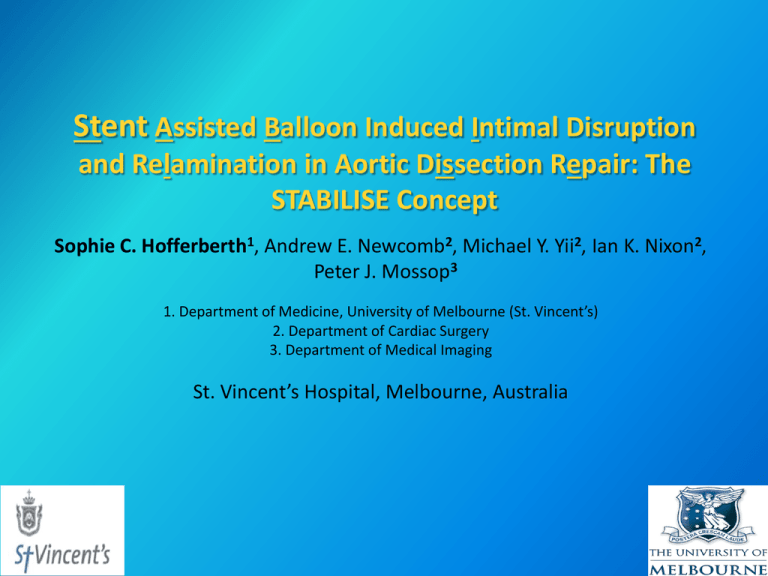
Stent Assisted Balloon Induced Intimal Disruption and Relamination in Aortic Dissection Repair: The STABILISE Concept Sophie C. Hofferberth1, Andrew E. Newcomb2, Michael Y. Yii2, Ian K. Nixon2, Peter J. Mossop3 1. Department of Medicine, University of Melbourne (St. Vincent’s) 2. Department of Cardiac Surgery 3. Department of Medical Imaging St. Vincent’s Hospital, Melbourne, Australia Background • Existing endovascular techniques fail to achieve complete repair of the distal thoracoabdominal aorta. • Residual FL patency, high velocity re-entry jets and retrograde flow into treated zones increase risk of; -aneurysmal degeneration, rupture, distal reoperation • STABLE technique (combined proximal endograft + distal bare metal stenting) -improved rates of aortic remodelling through stent support of distal true lumen -incomplete intimal relamination: >50% patients with residual FL perfusion at midterm FU We evolved STABLE to the STABILISE technique to address the problem of residual FL perfusion STABILISE CONCEPT OBJECTIVE To achieve complete aortic reconstruction during endovascular AD repair via stent-assisted, balloon induced intimal rupture and relamination; leading to elimination of false lumen perfusion and subsequent prevention of remote phase complications. Methods April 2007- Sept 2011: 27 patients underwent endovascular AD repair i) STABILISE Inclusion Criteria Descending thoracoabdominal aortic diameter (distal endograft landing zone) ≤ 40mm ii) Non aneurysmal abdominal aorta with true lumen collapse iii) No evidence of periaortic hematoma / rupture in zone to be stented STABILISE treatment (n=11) 7 type A, 4 acute Type B Mean age: 50 ± 9 years Outcomes Measured • Clinical: Procedural, 30 Day morbidity/mortality, Intermediate FU • Aortic remodelling: CT angiogram assessment: Aortic diameter, TL index, FL perfusion -Thoracic Aorta: Level of Carina -Abdominal Aorta: Level of celiac axis, Renal arteries, Infrarenal STABILISE: Combined Zenith TX2- Zenith Dissection Stent /CODA balloon therapy • Time from Initial Event to STABILISE Procedure = 4.6 (1-12) days • Mean No. devices deployed = 3.3 ± 1.0 TX2 Exclusion ZDS Re-lamination CODA Expansion Post-Procedure Operative Technique Early Outcomes • Technical success in all patients: n=11 • 30 Day mortality: n= 1 (9%) -49 y.o, acute type A AD, presented post-proximal repair -unexpected aortic rupture: autopsy reported localised dehiscence at distal anastomosis site of ascending aortic graft • No strokes • No spinal cord/limb/visceral ischemia • No renal failure • No respiratory failure • Mean Length Hospital stay: 15 ± 13 days Infrarenal Renal Celiac Carina Maximal Aortic Diameter (mm) Aortic Remodelling 45 40 35 30 25 20 15 Latest F/U 10 Post 5 Pre 0 Aortic Remodelling True Lumen Reconstitution 1 *p<0.01 Fate of False Lumen * * * TA (%) AA (%) Latest FU Latest FU Obliterated/ Thrombosis 100 91 0.2 Partial Thrombosis 0 9 0.1 Patent 0 0 0.9 False Lumen status * True Lumen Index 0.8 0.7 0.6 0.5 0.4 0.3 0 Carina celiac Celiac Renal Infrarenal Aortic Level Pre-Operative 3 months Latest Follow up Ti = TL/AD Intermediate Clinical Outcomes • Mean follow-up 18 months (range, 4-54) • Aortic-specific survival: 91% • 2 patients required secondary endovascular reintervention - patient 1: type 1 endoleak treated 8 days post primary procedure -patient 2: type 1 endoleak, resolved at 1 month CTA • No late cardiovascular events • No late aortic-related deaths Intermediate Radiological Outcomes Pre Repair Post STABILISE Repair Conclusions • STABILISE is safe and technically feasible • Achieves very high rates of false lumen obliteration in aortic dissection • Prevents thoracoabdominal aortic growth at intermediate follow up • May reduce need for future reintervention as complete aortic remodelling is achieved in acute setting
